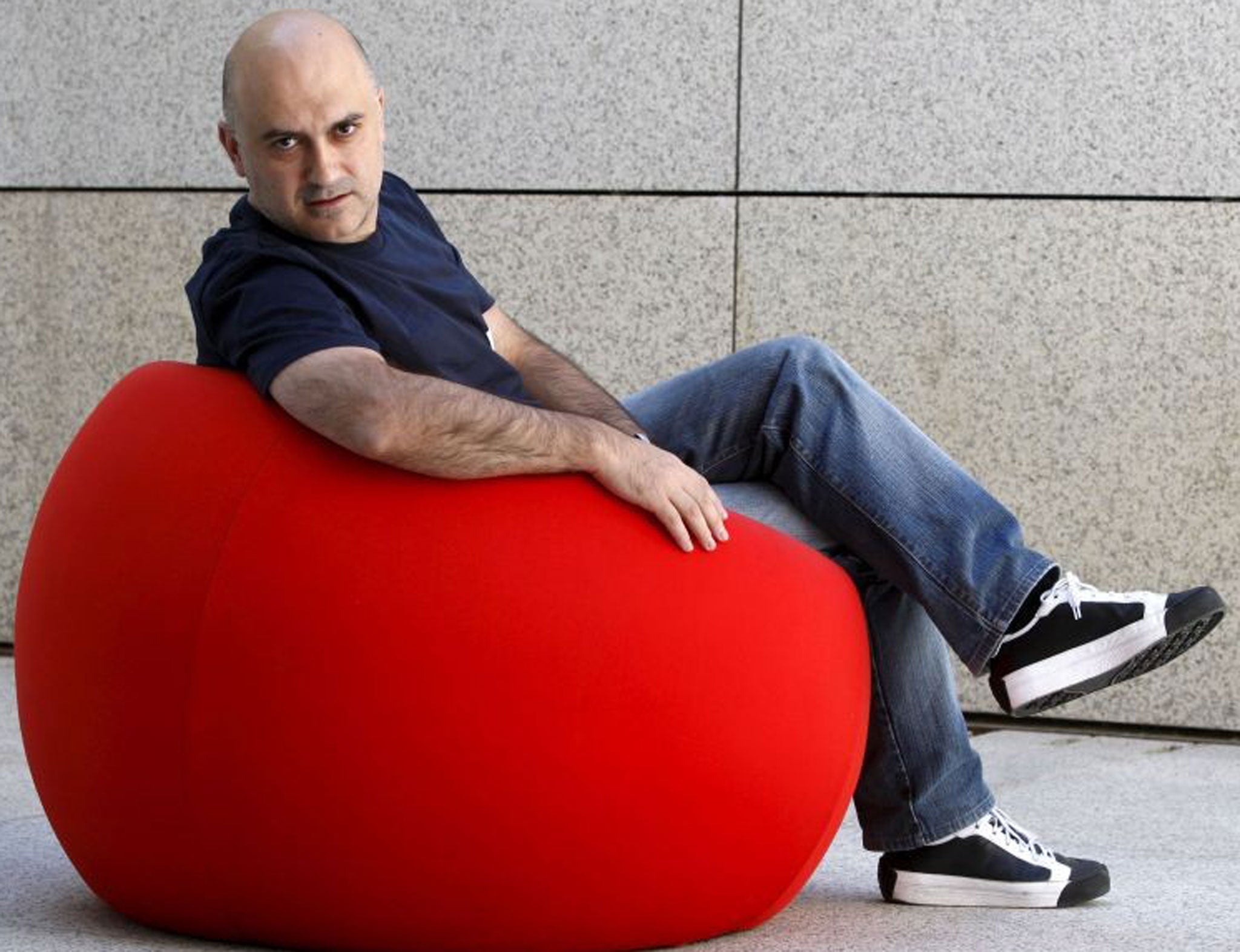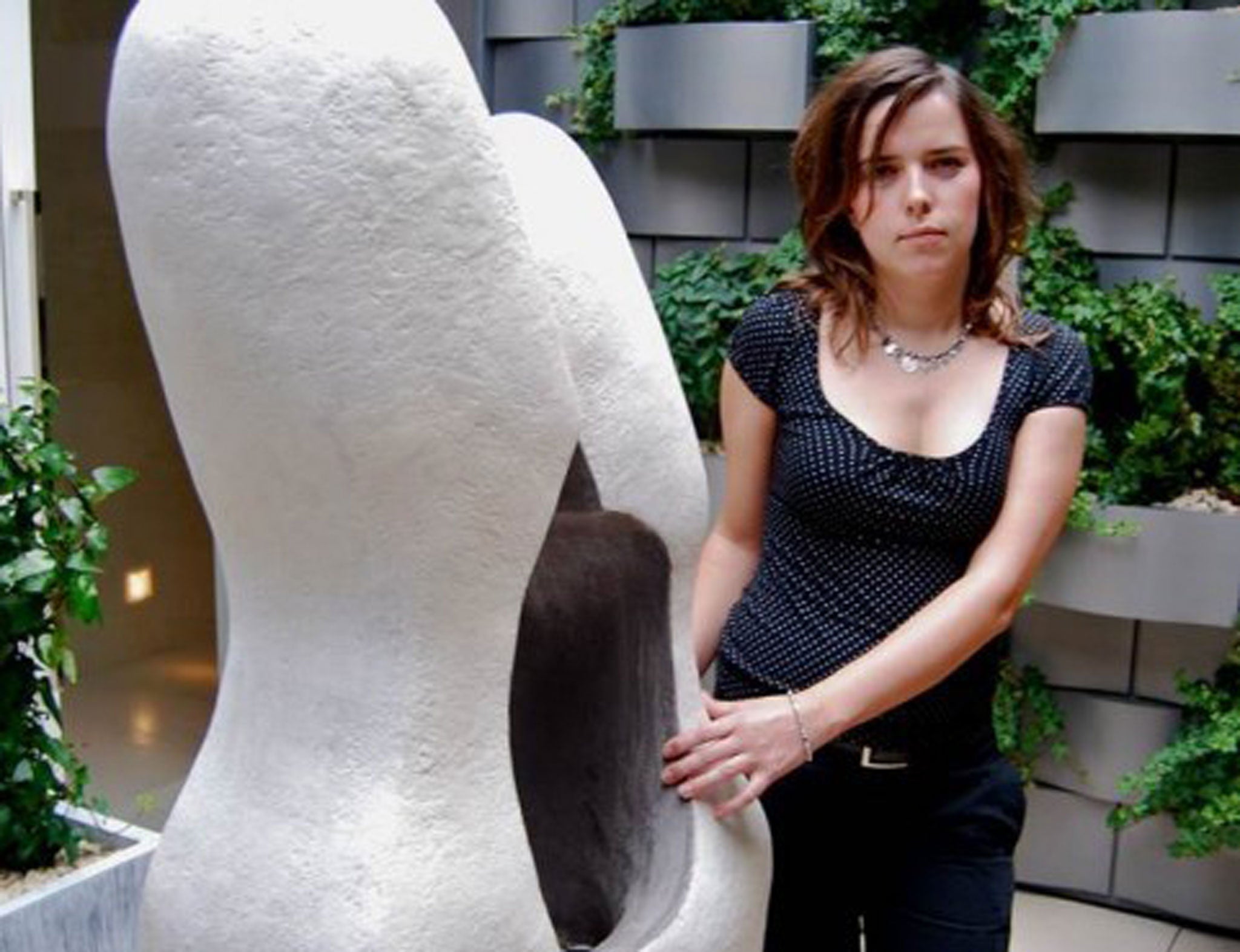Arts observations: From Calixto Bieito to the The Moomins' maker
Bad boy Bieito's back to tackle Beethoven

Your support helps us to tell the story
From reproductive rights to climate change to Big Tech, The Independent is on the ground when the story is developing. Whether it's investigating the financials of Elon Musk's pro-Trump PAC or producing our latest documentary, 'The A Word', which shines a light on the American women fighting for reproductive rights, we know how important it is to parse out the facts from the messaging.
At such a critical moment in US history, we need reporters on the ground. Your donation allows us to keep sending journalists to speak to both sides of the story.
The Independent is trusted by Americans across the entire political spectrum. And unlike many other quality news outlets, we choose not to lock Americans out of our reporting and analysis with paywalls. We believe quality journalism should be available to everyone, paid for by those who can afford it.
Your support makes all the difference.You might expect Calixto Bieito to resemble a cross between Count Dracula and Quentin Tarantino. The Spanish director, often called "the bad boy of opera", has become notorious for extreme productions that often feature explicit sex and violence, their concepts including a cannibalistic, post-nuclear Parsifal and a present-day Don Giovanni that involved vicious scenes of rape, drug overdose and murder.
Audiences at his shows are no strangers to sights that have variously included toilet activities, nudity and a great deal of blood. Now, in a co-production with the Bavarian State Opera in Munich, Bieito is bringing his staging of Beethoven's Fidelio to ENO and traditionalists are quaking in their boots. Yet when he emerges from rehearsals in east London, clad in his trademark black, it turns out Bieito is a pussycat. He seems mystified by the degree of hostility that has been expressed against his work. One critic referred to his Don Giovanni as "the most reviled opera production in the recent history of British theatre"; others believe he is out to shock. He insists not. "I promise I have never tried to shock people in that way," he protests, quietly.
Bieito is soon to work with New York's Metropolitan Opera, in another co-production with ENO, but the details of what, when and how are closely guarded – possibly due to the likely degree of resulting fuss.
His Fidelio could prove chewy. In Beethoven's opera, the heroine Leonora's husband, Florestan, is a political prisoner; she disguises herself as a man named Fidelio to infiltrate the prison and rescue him. Bieito's staging, unlike his hyper-realistic Carmen and Don Giovanni, is complex and symbolic, set in a labyrinth. "All of the characters are lost in the labyrinth, imprisoned," he says. "Sometimes our minds are our prison. I find Fidelio's story quite weak if it is approached realistically but, if you take the philosophical side more seriously, then you can say much more about human beings today: what freedom means for us, or love, or loyalty, or justice. That is very important to our democracy."
He adds: "There are people who'll say, 'I don't like Calixto Bieito. I don't like anything he does'. I don't know how to convince them. You cannot go to an exhibition thinking it is going to be crap, and you can't go into a restaurant thinking, 'Oh, the food will be terrible'. This I cannot change."
'Fidelio', English National Opera, London Coliseum, WC2 (www.eno.org) from Tuesday until 17 October
Down Moomin memory lane
By Miranda Kiek
The Finnish author Tove Jansson wrote six novels and five short story collections for adults, and worked as an artist and cartoonist. Yet, in Britain she is chiefly remembered as the creator of the Moomins: an expansive and eccentric family of hippo-like creatures. To mark the upcoming centenary of her birth, Jansson's English publisher, Sort Of Books, is bringing out in its original form The Sculptor's Daughter (1969) – her first book for adults, which she wrote in the form of a memoir, full of childhood impressions, imaginings and feelings. Her Moomin books read like Tove's childhood "make believe" games. Some phrases and characters are oddly familiar: Moominpappa's disdain for "females" must have originated in that of her father. Similarly warm and practical of Moominmamma resembles Tove's real mother. The themes of fear, and bravery, wonder and weather are found in Moomins and memoir alike.
'The Sculptor's Daughter' is published on 7 November by Sort Of Books
Windows on the world of poverty
By Nick Duerden
For the past few years, the New York photographer Jarret Schecter has been travelling the world by rail and training his camera on the images that fill his train windows. It has proved fertile ground, and he has produced corresponding books about the US and Russia as a result. His latest, as its title World Off Track suggests, sees him go global. "I like my photography to be a socio-economic commentary on the world," says the 50-year-old. "In many ways, the train is a symbol of progress and movement. But on a train, you go through a lot of areas that are dilapidated and suffering from environmental degradation. And so what you are left with is a very ambivalent image of both progress and lost opportunity."
His book takes him through China, Brazil, India, Egypt and the European Union – often in third-class seating – and reveals a bleak, melancholic world of poverty, desolation, ugly conurbations and, common to railway stations everywhere, graffiti. But few people feature in his photos, even in areas of dense population like Mumbai.
"I would always shoot early in the morning, because I like to show the absence of life," he says. "But then these are not travel brochure images. The world is beautiful and interesting but it is also sad, and there are many issues to worry about. That's what I'm trying to reflect here."

Watch Apple TV+ free for 7 days
New subscribers only. £8.99/mo. after free trial. Plan auto-renews until cancelled

Watch Apple TV+ free for 7 days
New subscribers only. £8.99/mo. after free trial. Plan auto-renews until cancelled
'World Off Track' by Jarret Schecter is published by Trolley Books, priced £25
Protests that leave them in stitches
By Charlotte Cripps
Climate change? Global poverty? Hand-stitching mini protest banners to challenge social, environmental and political injustice is apparently catching on. A new guide A Little Book of Craftivism, which is out next week, offers instructions and top tips to create your own craftivism project through cross-stitching.
It is written by a former Oxfam campaigner, Sarah Corbett, who formed the Craftivist Collective in 2009 as a "refreshing alternative to mainstream activism".
She has since covered public monuments – even the railings outside London Fashion Week (below) in embroidered and cross-stitched banners, as a form of peaceful public protest. Tips include "making the message provocative but not preachy", says Corbett, who also fills her book with suggested slogans for any chosen project. She organised a workshop at London's Hayward Gallery in 2011 to link with artist Tracey Emin's show "Love Is What you Want", in which members of the public embroidered their signatures on to a giant love letter by Corbett about how to love your global neighbour. "Craftivism is part of the activism tool kit," she explains. "It is about people meditating on what they are stitching and thinking quite deeply about world issues, rather than just signing a petition."
Sarah Corbett will launch 'A Little Book of Craftivism' at Wigtown Book Festival (www.wigtownbookfestival.com) on 28 September at 12 noon
One to watch: Lana Locke, sculptor, 31
The late George Melly was a fan and the film director Nicolas Roeg is an admirer. She did sculptures for his film Puffball and made the large sculpture Two Figures in 2008 for the The Ivy Club in London, before she had even attended Chelsea College of Art and Design. Locke, who lives in west London and has a studio in Hammersmith, is part of the prestigious Bloomberg New Contemporaries show of recent art school graduates at Spike Island, Bristol, which comes to London's Institute of Contemporary Arts in November.

Join our commenting forum
Join thought-provoking conversations, follow other Independent readers and see their replies
Comments